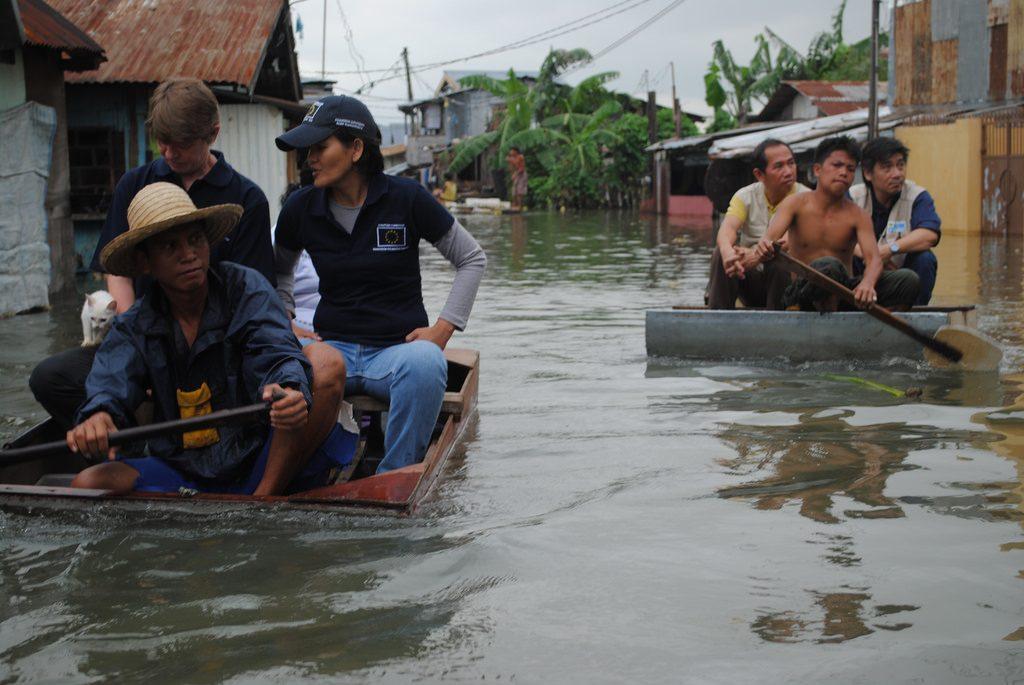Many people choose to deny climate change because they cannot always see the effect of rising global temperatures in a practical situation. It can be hard to believe in something that one cannot see changing and having an effect on their daily lives.
However, with flooding increasing dramatically around the world, this mindset has changed for many people. In Peru and Nepal glacial lake flooding due to rising temperatures has created a hazardous environment for locals as well as animals and their habitats.
A recent study in the high altitude regions of Peru categorized, “882 lakes by their size and altitude,” finding that, “glacial lakes had expanded in size and number.” This implies that, due to rising temperatures, glaciers are melting and are increasing the volume of glacial lakes and causing flooding.
The research done by Adam Emmer examined a large swath of nearly 900 high altitude Peruvian lakes confirms that, “environmental change and glacier retreat are strongly correlated in the high alpine.”
Similar findings discovered done by the same group of researchers conducted in the Himalayas, “established a strong link in Tibet between rising temperatures and glacial melting, contributing to more frequent and larger glacial lakes in the past 50 years.”
This increase in the number and size of glacial lakes is clearly a concern for surrounding populations as “ice dams are highly fragile and prone to failure.”
Another cause for flooding can be attributed to the rising of sea levels. The basic idea of thermal expansion is that when water heats up, it expands, which causes warmer oceans to occupy more space.
“The annual rate of rise [in sea levels] over the past 20 years has been 0.13 inches (3.2 millimeters) a year, roughly twice the average speed of the preceding 80 years,” National Geographic said in an article about dangerous sea levels.
The space that these warmer seas and oceans are occupying are often inhabited and it is becoming increasingly difficult to protect coastal populations. This includes many island countries in southeast Asia and the Caribbean Sea, as well as coastal areas all over the world.
Not only can the rising sea levels cause the submergence of coastal populations, but the warming can also increase the rate of natural disasters, affecting more than just communities right on the coast.
“The warming of the seas surrounding them also causes an increase in natural disasters such as typhoons and tsunamis,” an article on the effect of rising sea levels said.
The effects of global warming can be felt all over the world and it is almost impossible to deny it any longer. Increased flooding, tsunamis and other natural disasters are increasing and affecting communities around the world. It may be hard to fathom something that one doesn’t experience in their day to day lives, but global warming is real and it does and will continue to have a dramatic effect on how people live their lives.



































